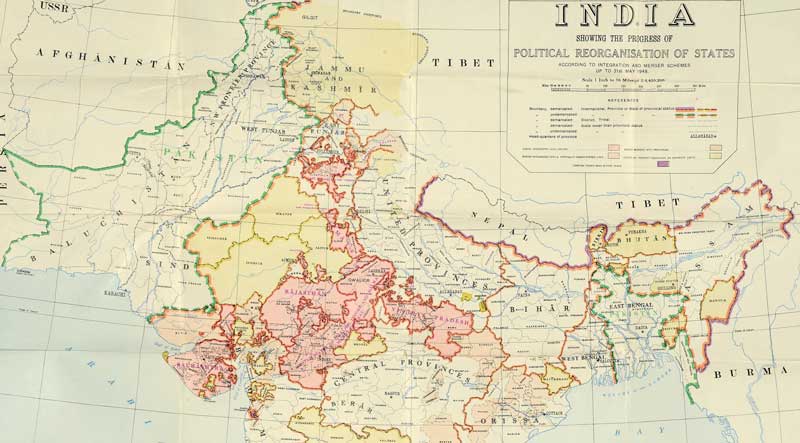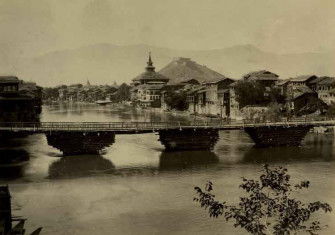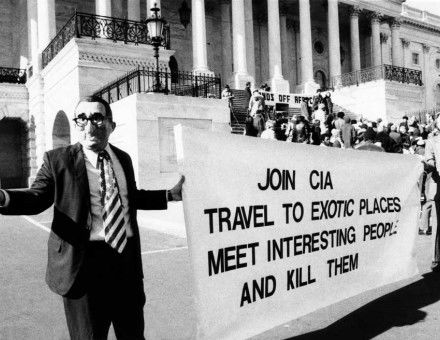Parting of the Ways
Lucy Chester examines the processes by which the Indo-Pakistan border was drawn, dividing a single country into two.

In early July 1947, Sir Cyril Radcliffe, a British lawyer, arrived in Delhi to chair the Boundary Commissions that would partition British India. Five weeks later he submitted his Boundary Awards to the Viceroy and flew home, leaving fierce and lasting controversy over the boundaries he had delineated. He also left behind one of the largest migrations in history, in which 10-12 million people fled from one side of the new borders to the other.







